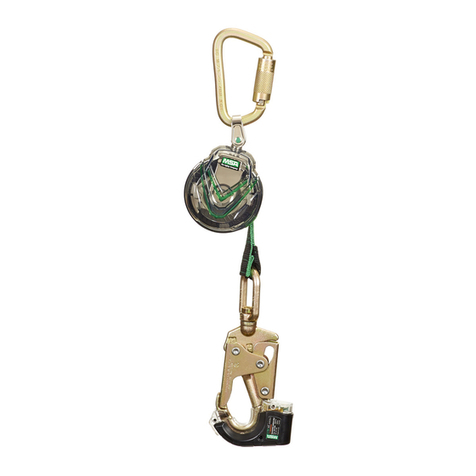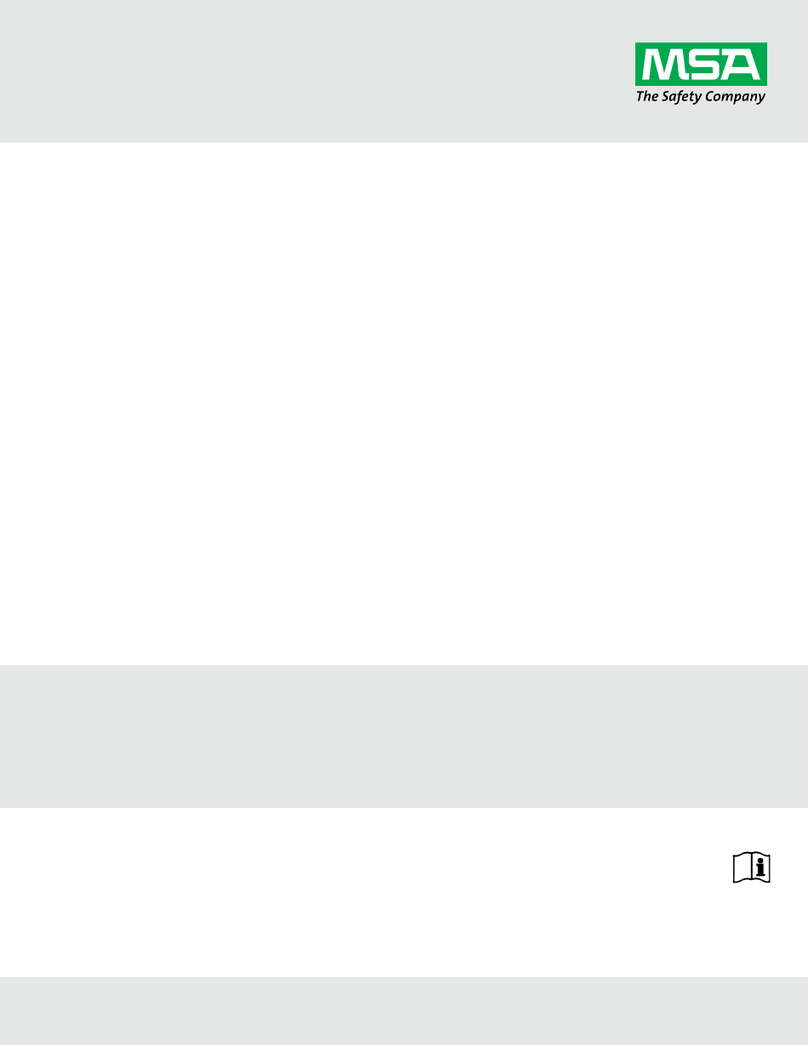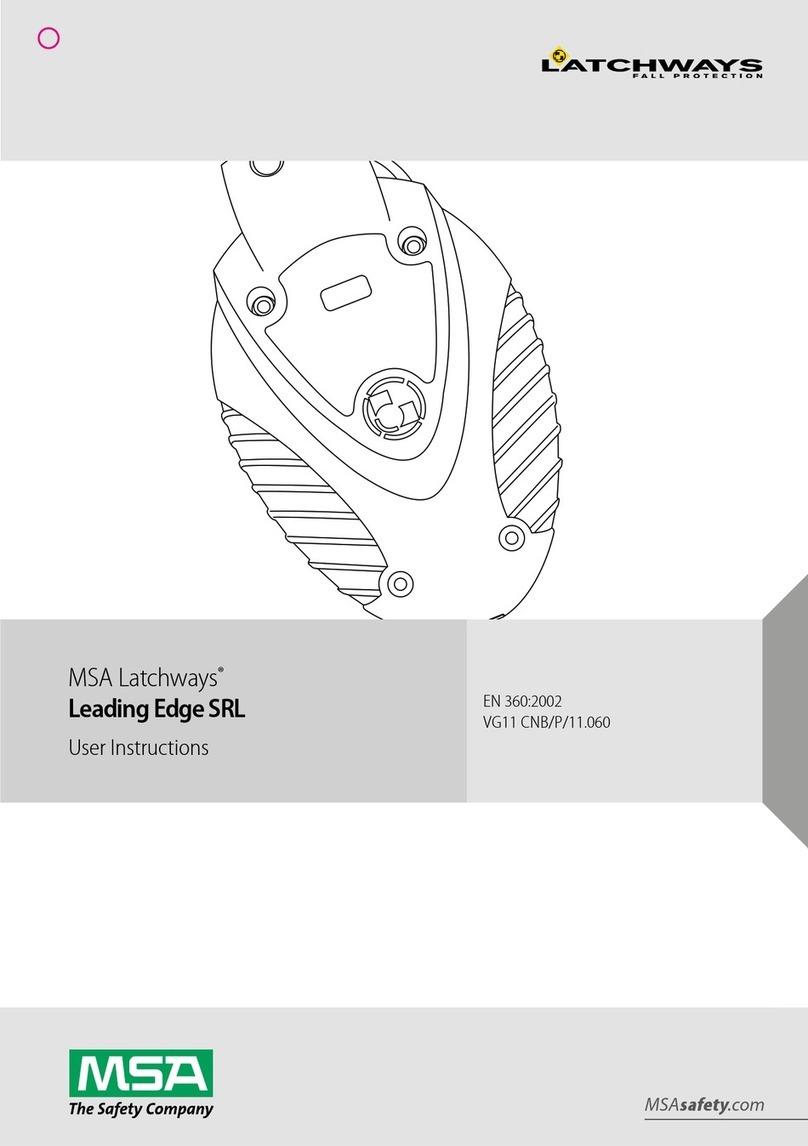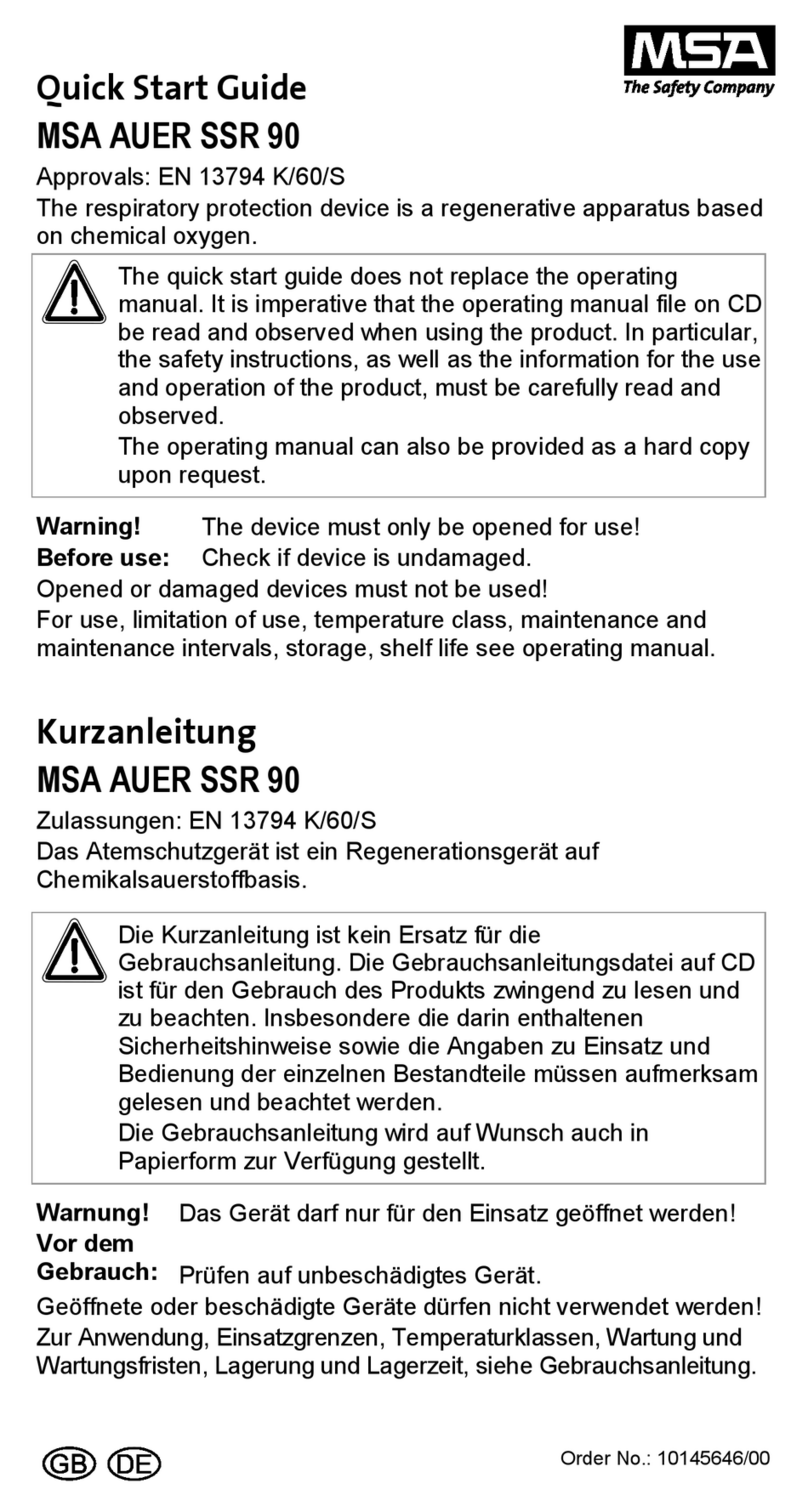
7
Safety Advice
OptiVizor and OptiVizor W are products supporting life and health!
This manual must be carefully read, understood and followed by all individuals who
have or will have the responsibility for selecting, using, servicing or maintaining this
product.
This manual contains instructions for the optimal use of the product as well as
important safety information.
Before use, the acting persons have to decide in accordance with this manual,
whether the product is suitable for the intended application.
Liability Information
The liability of MSA is excluded if the product is not used appropriately and for the
intended purpose. Choice and use are in the sole responsibility of the acting persons.
Warranties also as guarantees made by MSA with respect to the product are voided,
if it is not used, serviced or maintained in accordance with the instructions in this
manual.
The above corresponds to the terms and conditions of sale regarding the warranty
and liability of MSA. It does not alter them.
Maintenance Advice
This product must be inspected and maintained in regular intervals. For service and
repairs only original MSA spares must be used. Modifications to the product or
components thereof are not permissible and violate the approvals.
The liability of MSA extends exclusively to service and maintenance made by MSA.
Visors are designed for use only in conjunction with the OptimAir 3000 blower unit.
These instructions must be read in conjunction with the OptimAir blower and tester
instructions.
OptiVizor and OptiVizor W
[Instructions for Use]
1. General Information .......... 8
1.1 Applications .......................... 8
1.2 Limitations/Warnings ............. 8
2. Pre-use ......................... 8
3. Use .............................. 9
3.1 Donning ............................... 9
3.2 Doffing ................................. 9
4. Maintenance ................... 9
4.1 Cleaning .............................. 9
4.2 Maintenance ........................ 9
4.3 Storage ................................ 9
5. Spares and accessories .... 10
6. Approvals and Markings .... 10
OptiVizor and OptiVizor W
































